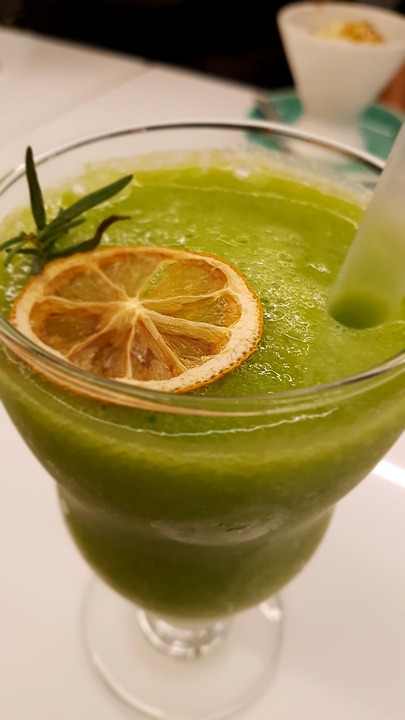Introduction
In recent years, the wine industry has seen a growing trend towards clean wine certification and third-party testing. This shift is driven by increasing consumer demand for transparency and authenticity in the products they consume. In this report, we will explore the reasons behind the rise of clean wine certification and third-party testing, as well as the impact it has on the industry.
Consumer Demand for Transparency
Increasing Awareness of Chemicals in Wine
One of the key driving forces behind the demand for clean wine certification is the increasing awareness of the presence of chemicals in wine. Consumers are becoming more conscious of what they put into their bodies and are seeking out products that are free from harmful additives and pesticides. Clean wine certification provides consumers with the assurance that the wine they are purchasing is made with minimal intervention and is free from synthetic chemicals.
Desire for Authenticity and Sustainability
Consumers are also showing a growing interest in authenticity and sustainability when it comes to the products they buy. Clean wine certification ensures that the wine is produced in a way that is environmentally friendly and socially responsible. This resonates with consumers who are looking to support companies that align with their values and beliefs.
Industry Response to Consumer Demand
Growth of Clean Wine Brands
In response to consumer demand for transparency and authenticity, we have seen a rise in the number of clean wine brands entering the market. These brands prioritize sustainable practices and transparency in their production processes, making them attractive to consumers who are looking for clean and natural products.
Increased Emphasis on Third-Party Testing
To further assure consumers of the quality and purity of their products, many wine producers are turning to third-party testing. These independent organizations conduct rigorous testing to ensure that the wine meets certain standards and is free from contaminants. Third-party testing adds an extra layer of credibility to clean wine certification and helps to build trust with consumers.
Financial Impact of Clean Wine Certification
Growth in Market Share
The demand for clean wine certification has led to an increase in market share for brands that prioritize sustainability and transparency. According to industry reports, clean wine brands have seen a significant growth in sales in recent years, outpacing traditional wine producers.
Investment in Sustainability
As consumer preferences shift towards cleaner and more sustainable products, wine producers are investing in sustainable practices to meet this demand. This includes implementing organic farming methods, reducing water usage, and minimizing carbon emissions. While these investments may require an initial financial outlay, they can lead to long-term cost savings and increased consumer loyalty.
Industry Insights and Trends
Rise of Direct-to-Consumer Sales
One of the key trends in the wine industry is the rise of direct-to-consumer sales, driven in part by the growth of clean wine brands. By selling directly to consumers, producers can establish a closer connection with their customer base and communicate their commitment to sustainability and transparency.
Global Expansion of Clean Wine Certification
Clean wine certification is not limited to a specific region or market. We are seeing a global expansion of clean wine certification, with producers around the world seeking to meet the growing demand for clean and natural products. This trend is expected to continue as consumers become more educated about the benefits of clean wine certification.
Conclusion
In conclusion, clean wine certification and third-party testing are growing trends in the wine industry driven by increasing consumer demand for transparency and authenticity. This shift has led to the rise of clean wine brands, increased investment in sustainability, and a shift towards direct-to-consumer sales. As the industry continues to evolve, we can expect to see a greater emphasis on clean wine certification and a continued focus on meeting consumer expectations for clean and natural products.




